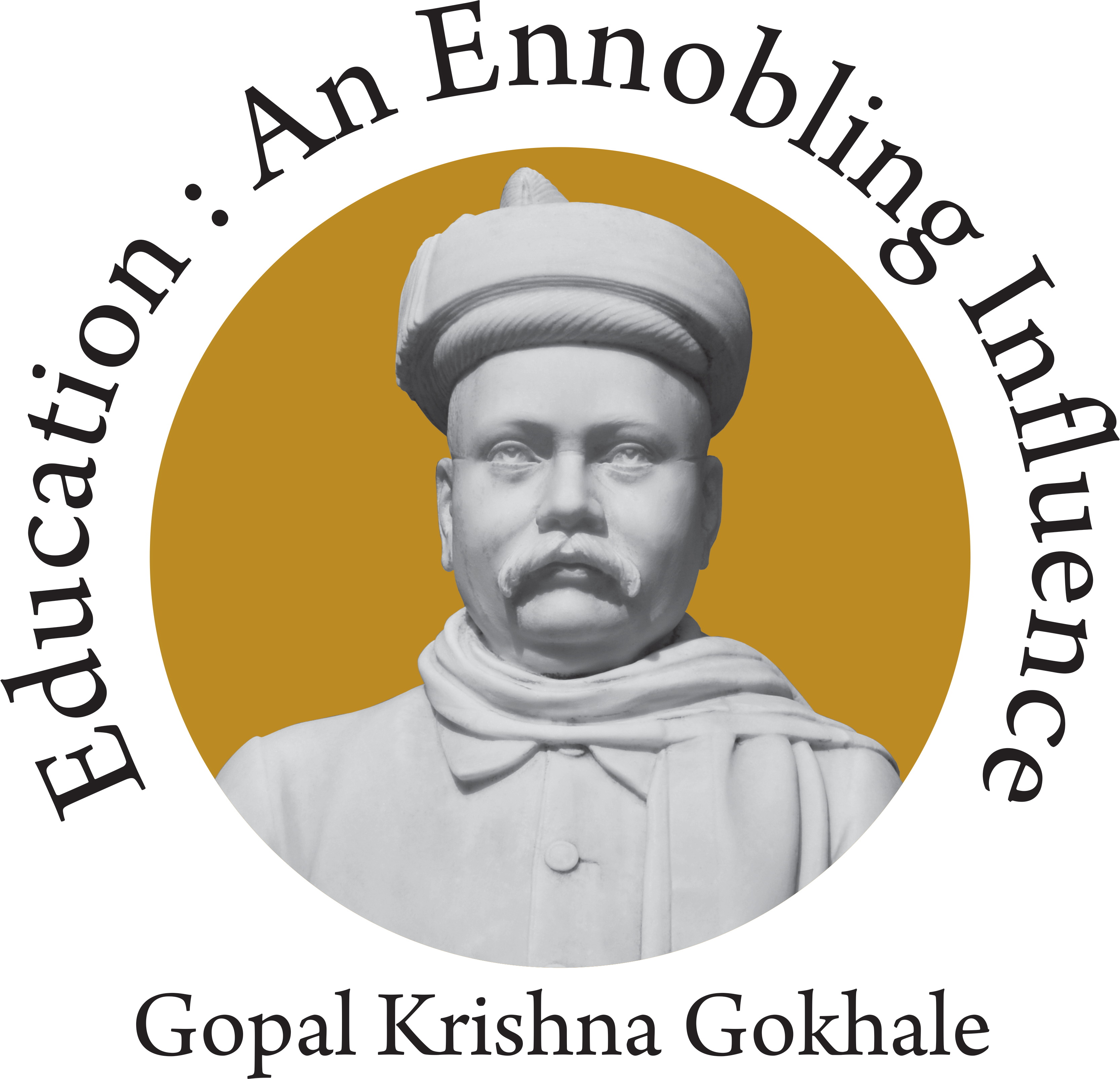| dc.contributor.author | Parchure, Rajas | |
| dc.date.accessioned | 2017-07-28T11:19:42Z | |
| dc.date.available | 2017-07-28T11:19:42Z | |
| dc.date.issued | 2015-09 | |
| dc.identifier.uri | http://hdl.handle.net/10973/46945 | |
| dc.description.abstract | This paper explores the existence of monetary general equilibrium in the context of a classical model of general equilibrium theory based on the static open Leontief model. It begins by constructing the model of an ideal economy in which money is inessential. This model is the counterpart of the Arrow-Hahn model that has no place for money. It then proceeds to articulate a more realistic model of a barter economy in which money plays an essential role in reducing transaction costs and materially improving the real economic outcomes in terms of outputs and real income. The conditions under which a full employment general equilibrium obtains in the regimes of currency and credit money have been established. General disequilibrium is shown to prevail if parts of the proceeds or income generated from currently produced outputs are devoted to accumulating money balances, so that saving exceeds investment. Fiscal solutions for restoring full employment general equilibrium have also been demonstrated and reasons for the inefficacy of policies like quantitative easing have been articulated. | en_US |
| dc.language.iso | en_US | en_US |
| dc.publisher | Gokhale Institute of Politics and Economics (GIPE), Pune (India) | en_US |
| dc.relation.ispartofseries | Working Paper;31 | |
| dc.title | Money and general disequilibrium | en_US |
| dc.type | Working Paper | en_US |

